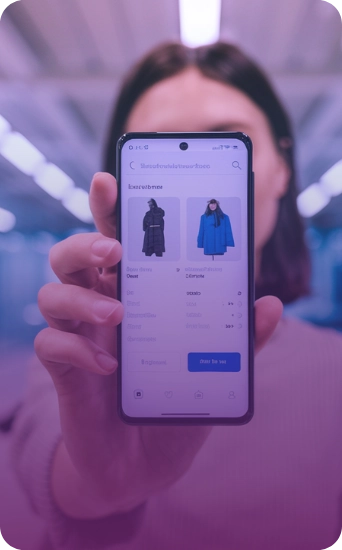Referred to as the integration of all sales channels into a single platform, the concept of Real Unified Commerce - in Portuguese, unified commerce - brings even more value to the consumer, as it improves the customer experience at different points in their journey and, consequently, the relationship with the brand.
This strategy gives shopkeepers the security of creating a higher performance experience for the consumer, since the data is processed and analyzed on a single platform, providing the customer with a one- or two-click purchase, regardless of the channel. The fact is that ten years ago we were debating the advantages of omnichannel for retail and today we are evaluating its possible evolution with the unified commerce.
The common point between the two strategies remains the same: optimizing the shopping experience. After all, the business's main asset is and always will be the customer. However, I believe that we have not yet taken the first step towards omnichannel, with the aim of really improving the customer journey through channels that convert sales from physical to digital retail and vice versa.
I think Unified Commerce is the second step in this journey which seeks, above all, to optimize the consumer experience by promoting a more fluid, organic, fast and natural purchase between the brand's channels. Remembering that the advance of unifying all data, logistics and means of payment must not overshadow concern for the customer at the end.
In fact, the industry's high demand for D2C solutions, in which sales are made directly to the end consumer, without intermediaries, is remarkable. Not surprisingly, Social has seen an increase of 70% in the number of clients in the last year seeking this alternative, in order to understand the real customs and, above all, the needs of the buyer, something that is often impossible to map in the distribution channel alone, for example.
The data is fundamental in developing new products and campaigns, as well as helping to monitor the most effective channels for a given company. It is possible to create commercial policies, provided they are appropriate, thus making D2C more of a sales channel, i.e. an alternative and complementary solution that does not exclude sales by shopkeepers, resellers or even specific stores.
Therefore, the current challenge lies in training the people at the top of the retail chain. Investing in efficient training makes the analysis of this data more strategic, while a well-trained team interprets the information and effectively guides the industry and retailers. The data dictates the rules of the game and thus determines which path to follow, guiding the salesperson in this conversion process based on unification.
When we understand the customs and needs of each customer, we can effectively increase the conversion of an abandoned cart, for example. Therefore, there is an arduous and challenging road ahead, which demands more and more, in addition to employee training, investment in new technologies such as artificial intelligence to boost retail productivity while reducing costs.










